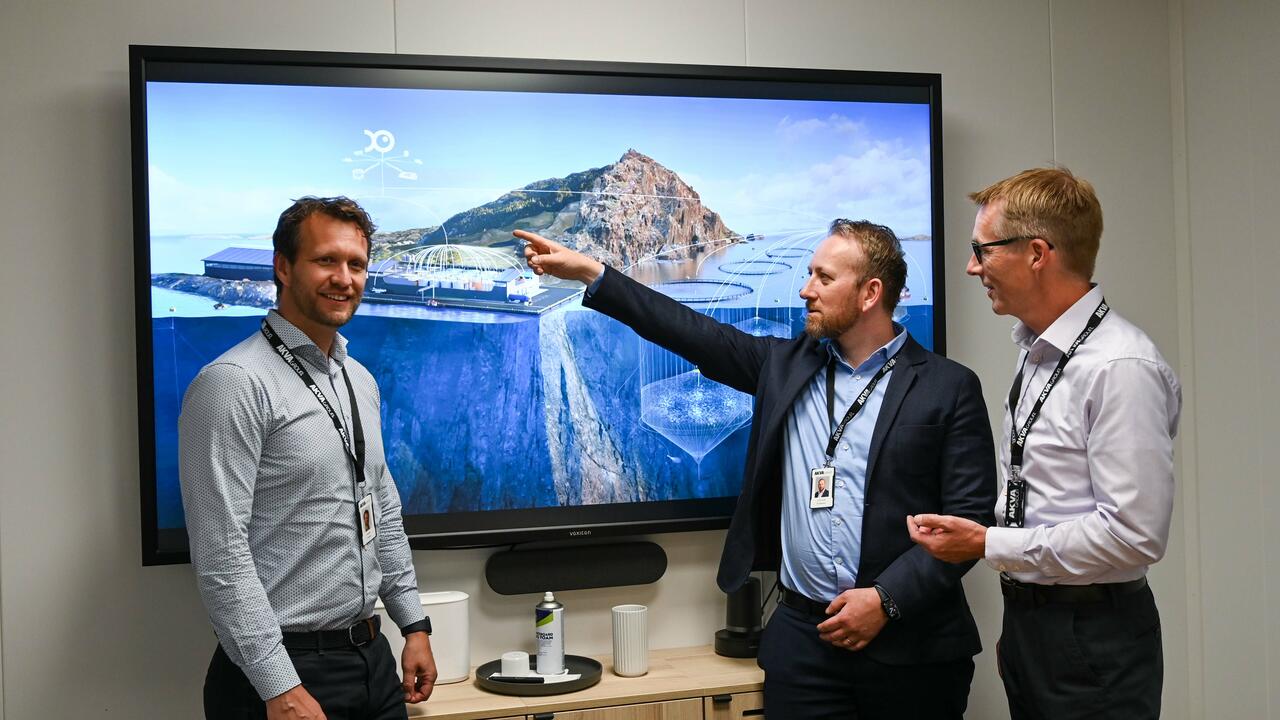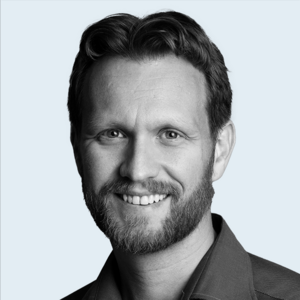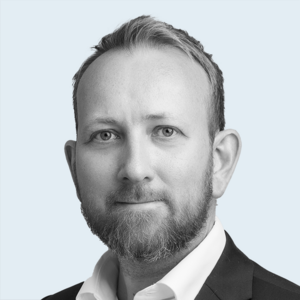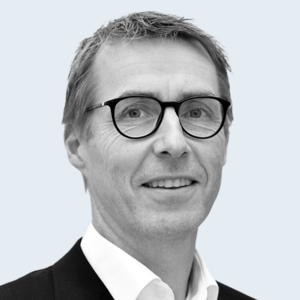
We can see that the time is coming for the supplier industry to take on greater and more holistic responsibilities within aquaculture, while it becomes increasingly evident that the era when the supplier industry was solely expected to deliver equipment is coming to an end.
AKVA group provides solutions that the aquaculture industry needs. We have the tools that can make fish farmers more efficient, and these tools are becoming increasingly complex. The production of salmon in Norway can be increased, made more environmentally friendly and less energy-intensive, while improving fish health and reducing the impact on wild fish. Whereas in the past we could deliver a pen that was slightly safer, a net that was slightly stronger, or a workboat that was slightly more robust - equipment that all fish farmers could use without any hesitation - we now also deliver complex solutions. We will continue to deliver conventionally high-quality equipment, but we cannot increase Norway's salmon production solely by providing the best conventional equipment. We achieve this by delivering solutions to the challenges faced by fish farmers. These solutions consist not only of individual components that fish farmers can intuitively use to their best advantage.
The production of salmon in sea, from regular smolt weighing 70-120 g, normally takes 12-16 months, but with post-smolt weighing 800-1000 g, that time can be significantly reduced. An environmentally friendly and energy-efficient RAS (Recirculating Aquaculture System) facility is a complex system. AKVA group cannot simply deliver such a facility and expect our customers to handle the calibration and optimization of its operation. We are there with the customer. Our team of specialists is available and works together with fish farmers to ensure that the equipment can be used in the best possible way.
Sea lice treatment for salmon and trout in conventional pens costs our industry an estimated 13 billion NOK annually, without considering lost feeding days, increased mortality, or downgrading. By keeping the fish in deep waters, away from the lice, we see a possible solution to this problem. AKVA group offers both solutions to permanently keep the fish in deep waters, such as our Atlantis and Nautilus concepts, or we can separate the fish from the lice-infested water layers by adding a barrier, as in our Tubenet and OptiCage concepts. This requires changes in fish farmers' operational patterns and involves new methods of monitoring and gaining direct control over biomass. Naturally, even the most competent fish farmers now seek our knowledge of biological results and operational experiences in a completely different way than before.
Feed accounts for fish farmers' largest cost by far. Maximum digestibility and the most efficient and precise feeding are always prioritized. How about letting artificial intelligence take care of all the improvements we humans make? It undoubtedly sounds a bit scary to let a machine control the feeding itself. AKVA observe allows the fish farm workers to focus on tasks that require their extra attention, while all other pens are fed as the self-learning computer has learned to do. It is clear that no fish farmers would embark on such a venture without us as the solution provider having good data on the results and providing as much support as needed.
The future demands something different from the supplier industry than the past did. It requires a holistic approach to the challenges that the industry faces, and it requires us as the supplier to work together with our customers to achieve the best results from the solutions we deliver.
Whereas in the past, innovation was often seen as pure product development, we now see a need for much deeper expertise in biology, system understanding, commercial understanding, training, and commissioning. At AKVA group, we are building our organization to meet tomorrow's needs.
Imagine taking smolts up to 1000 g on land in a facility that is inefficient in both water and energy usage. Then, placing the fish in the deep waters using a Nautilus solution, feeding with waterborne feeding from a feed barge designed to minimize emissions, and using artificial intelligence to optimize feeding. Everything is seamlessly controlled by integrated solutions for the entire operation. The fish reach the slaughterhouse after 8-9 months at sea without ever having been treated for lice. This was the future, but it has become the present for those who are willing.
AKVA group has developed the tool, and we adapt our solutions together with fish farmers so that we can collectively achieve our goals: to increase the production of farmed fish in Norway, make our industry more environmentally friendly and less energy-intensive, while improving fish health and reducing the impact on wild fish.
About the authors:

Arnstein Hosaas
Innovation Director
Sea Based in AKVA group

Loyd Jone Andreassen
Innovation Director
Digital in AKVA group

Jan Christian Kerlefsen
Director
R&D Land Based in AKVA group